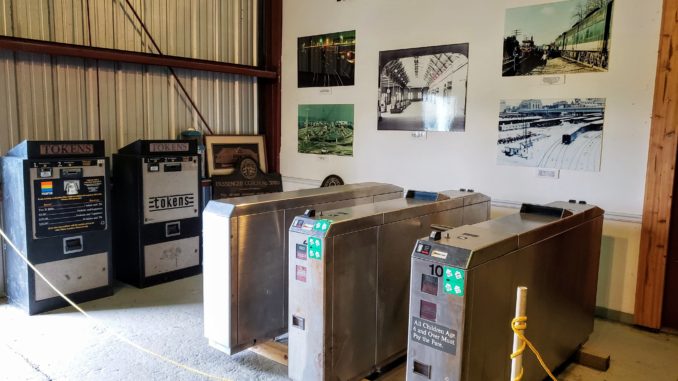
Now on temporary exhibit inside Building 1 at the Southeastern Railway Museum is an assortment of fare collection-related MARTA objects.
Items on display include a bus fare collection box, two token machines, and two turnstiles.
In the early era of the streetcar, a motorman and a conductor would work together on two-man cars – the motorman operating the streetcar and the conductor collecting fares and handling payments. Having two men working on each streetcar was costly to the transit systems, and in the 1920s, a new system emerged: fare box collection.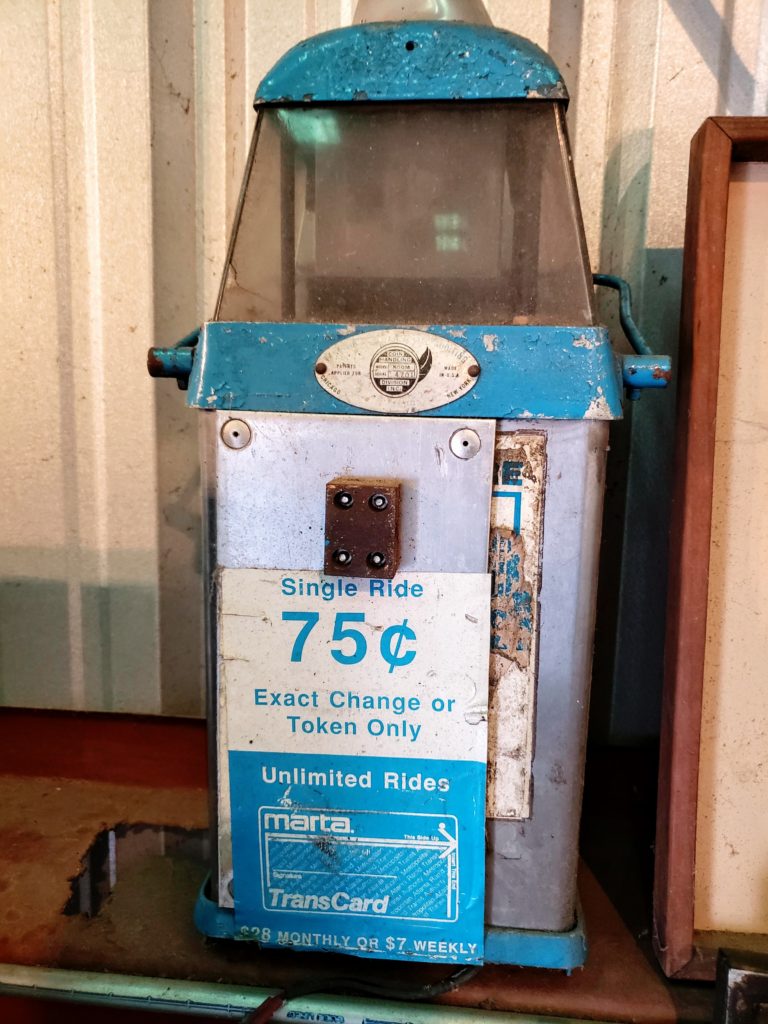
Use of a fare box (along with the introduction of the ‘dead-man switch’) eliminated the need for a conductor, therefore reducing labor costs. Passengers would deposit their correct coins directly into the fare box when boarding, allowing the motorman to both operate the streetcar and collect fares. The methods used on the one-man safety car are still common on buses today.
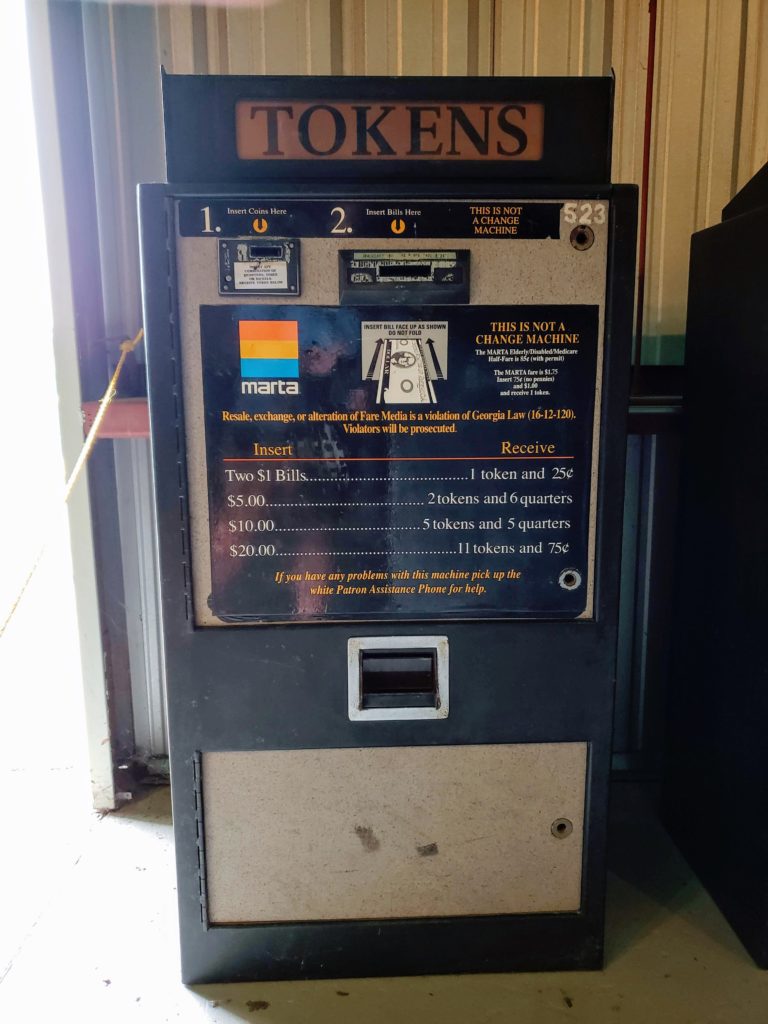
Soon, transit systems began issuing tokens for single trips. Tokens made boarding faster, and systems could encourage ridership by offering discounts on tokens bought in bulk. Tokens were popular on MARTA buses and trains for decades. MARTA accepted its last token in 2010.
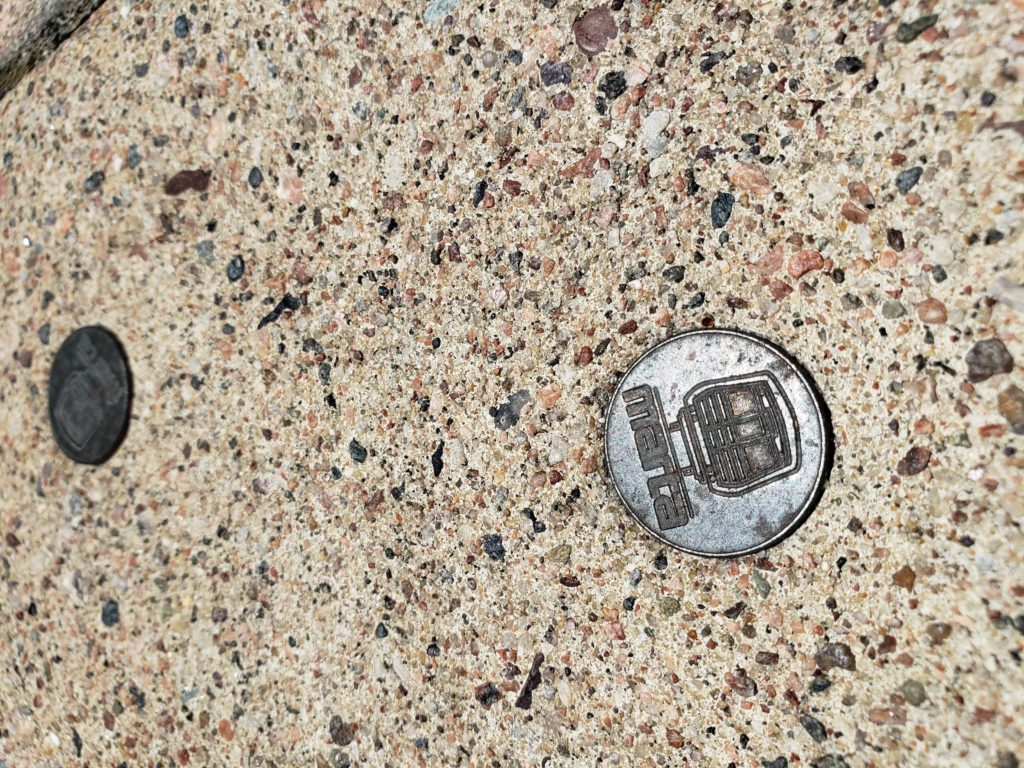
In the 1970s, MARTA introduced the TransCard, a magnetic fare card that could hold a weekly or monthly pass. After inserting the card into the fare gate, the ticket would pop out the top and unlock the gate. Half-fare TransCards were also available.
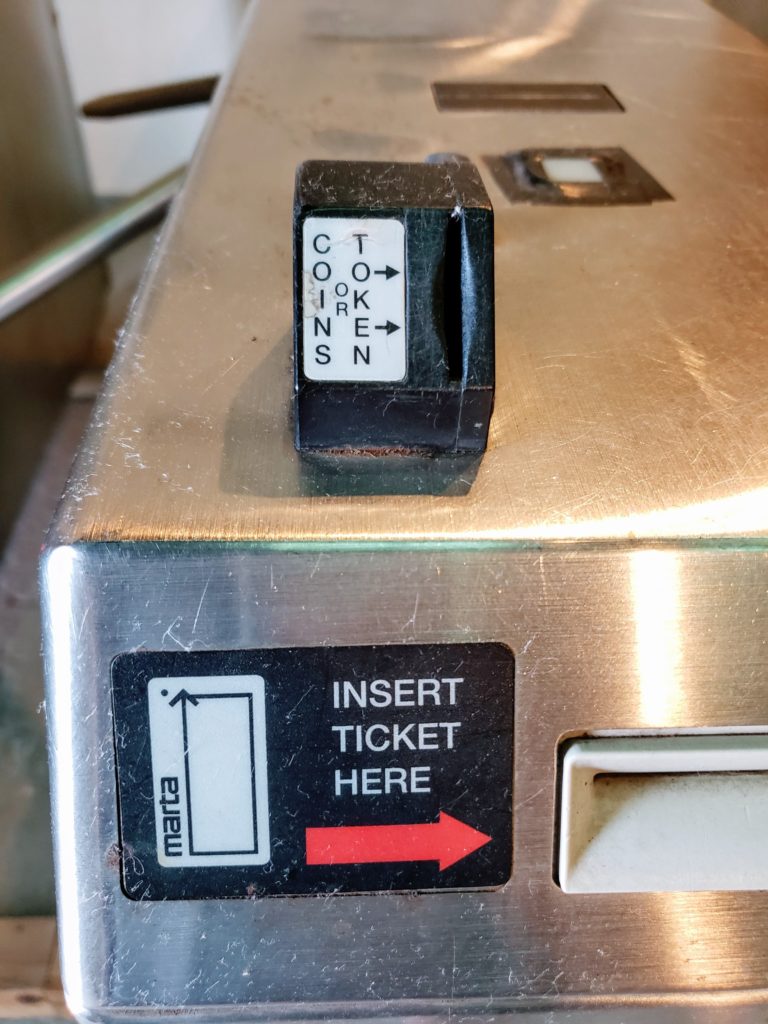
In 2007, MARTA initiated the switch to reusable electronic fare cards called the Breeze Card. Breeze Cards can store cash, trips, or passes and can be bought at vending machines located at MARTA stations. Breeze Cards can also be used on other regional transit systems.
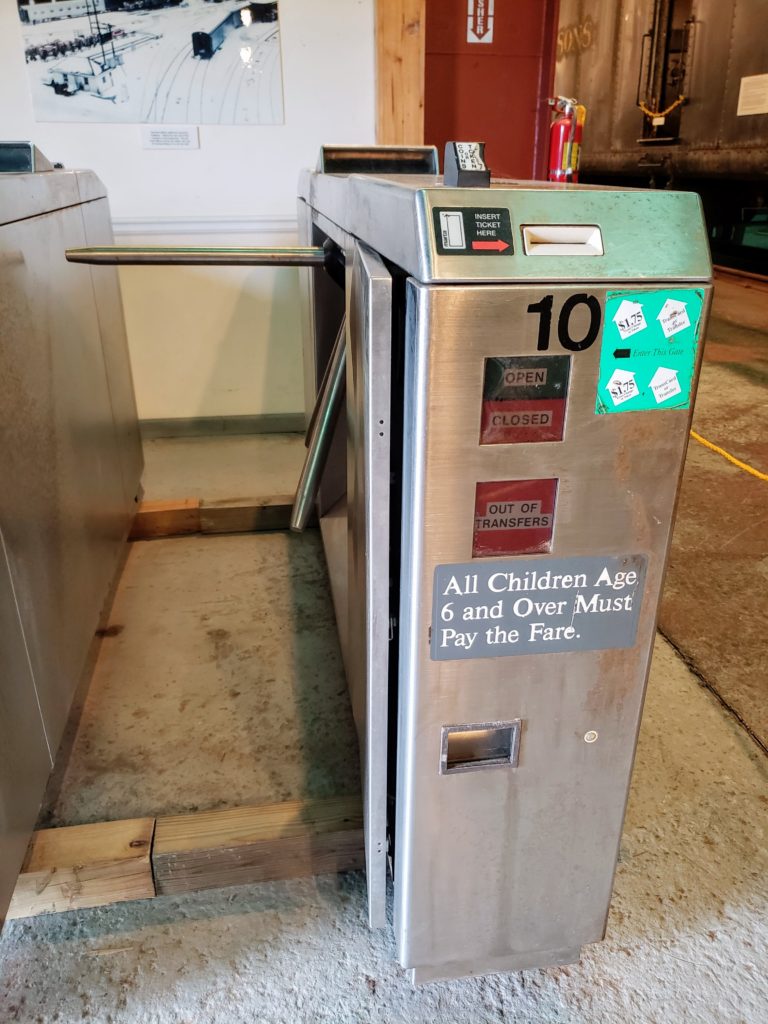
The turnstiles on display in the exhibit come from Lindbergh Center station and were removed in 2008 or 2009 to make way for new machines that would accept the Breeze Card. New fare gates are designed to better prevent fare evasion.

Fare collection continues to evolve with payment by phone and credit card. Currently, MARTA is installing scanners for fare boxes on buses and on fare gates at train stations that will read a bar code or QR code on a phone screen and deduct the fare through an app. Some transit systems around the country are considering eliminating fare boxes entirely in favor of credit card or phone-only payment, enforced through random inspections. In Portland, OR, the fare collection system has already been eliminated, saving the system millions of dollars in cash handling, fare box maintenance, hauling, auditing, and more.
Kristen Fredriksen
July 31, 2018

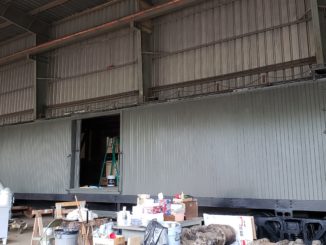
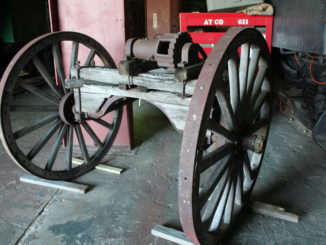
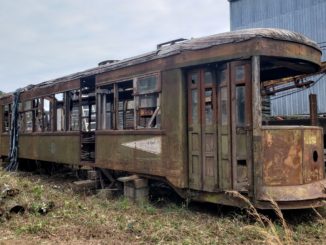
Be the first to comment